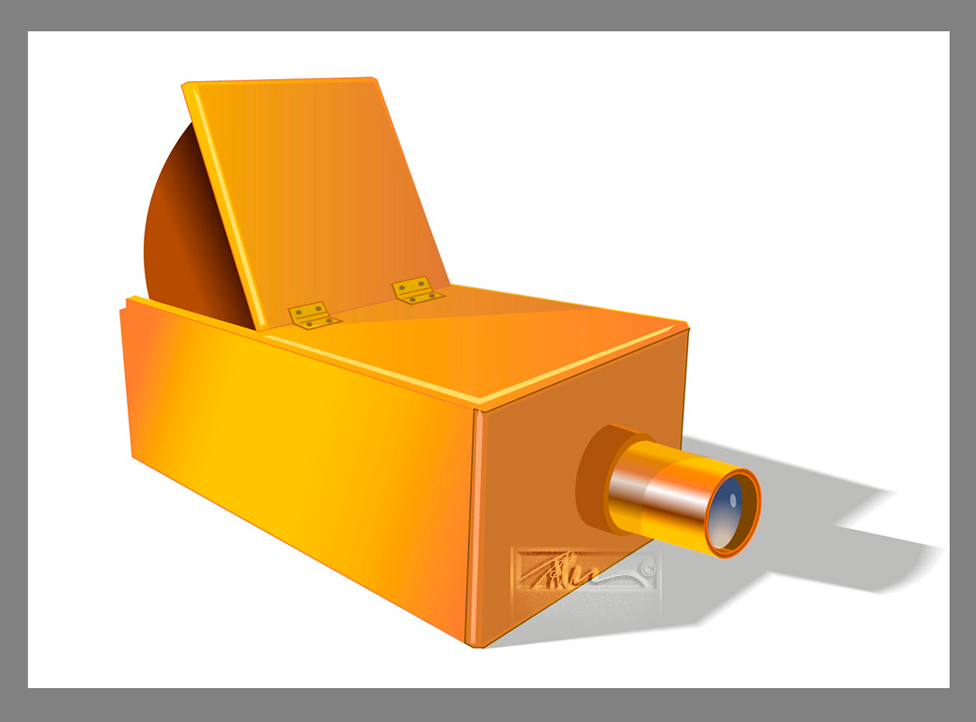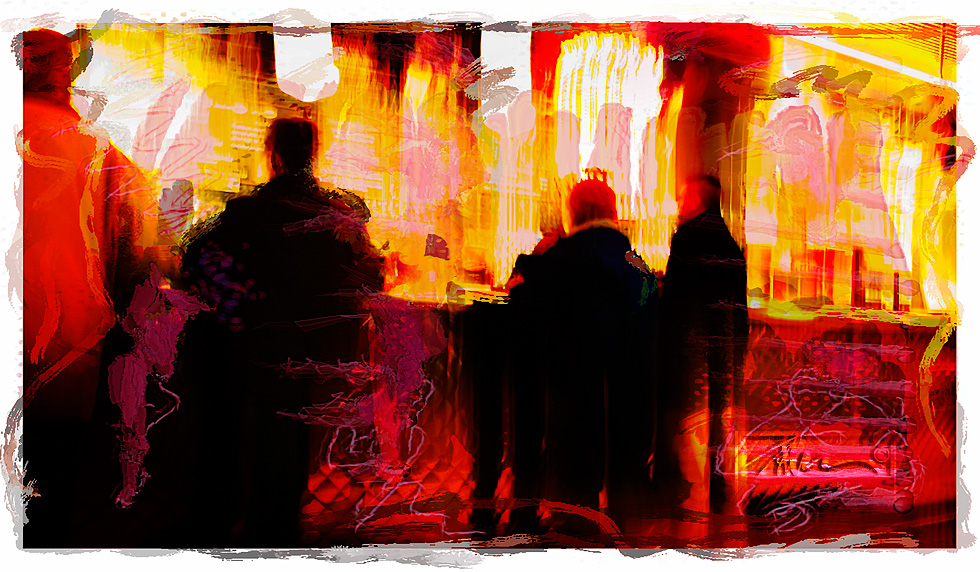Long before photography was able to capture a permanent image, painters used various means to capture the world in a realistic way with pencil and paint. Optical tools made it possible to create images with normal perspective. A few of those tools made it relatively simple to draw detailed scenes by simply tracing the projected image.
The following is an excerpt from my book “Rethinking Digital Photography, Making and Using traditional and Contemporary Photo Tools” – Chapter 6 – Painting the Photograph.
“There is a long and interesting history of photographic devices used by painters to create their paintings. Early optical devices such as the Camera Lucida and the Camera Obscura were used to study perspective and to help artists capture the form and proper scale relationships of their subjects. The Pantograph was used to trace and to copy drawings and artworks. Many artists used these and other devices including cameras and projection to trace their subjects and/or to paint directly from them.
The Camera Obscura allowed the user to see the subject projected onto a ground glass. The projected image could be traced onto a translucent material placed directly on top of the ground glass viewer.
In more recent times, artists have painted over actual photographs and/or projected images onto a canvas and painted from the projection. Today, computer photo paint programs allow artists to paint without the hassle, cleanup and smell of real paint. You can easily paint over an image with the help of something called “onionskin”. Onionskin is a transparent layer that allows the user to see what is in the underlying layer. In some ways this is the equivalent of the ancient Camera Lucida mentioned earlier. The layer is made partially transparent so that we can see the underlying photograph or drawing in order to apply paint to the layer above using paintbrushes, pen work, or pencil effects over the image. These programs also allow you to start from scratch to create paintings with simulated brushes as if painting on a real canvas.”
Find out more about my book here.
Please have a look at some of my other posts here.
NOTICE of Copyright: THIS POSTING AS WELL AS ALL PHOTOGRAPHS, GALLERY IMAGES, AND ILLUSTRATIONS ARE COPYRIGHT © JOHN NEEL AND ARE NOT TO BE USED FOR ANY PURPOSE WITHOUT WRITTEN CONSENT FROM THE WRITER, THE PHOTOGRAPHER AND/OR lensgarden.com. THE IDEAS EXPRESSED ARE THE PROPERTY OF THE PHOTOGRAPHER AND THE AUTHOR.




